Organic gardening is often celebrated for its benefits – healthier plants, environmentally friendly practices, and the absence of harmful chemicals. However, like any approach, organic gardening has its challenges and complexities. Behind the lush greenery and thriving ecosystems lies a “dark side” that every gardener should understand before diving in.
From unexpected pests to the higher costs and time investment, organic gardening can demand more effort and patience than conventional methods.
Here are 10 essential truths about the less glamorous aspects of organic gardening, offering you a complete picture of what it takes to grow sustainably and organically.
Pest Control Difficulties
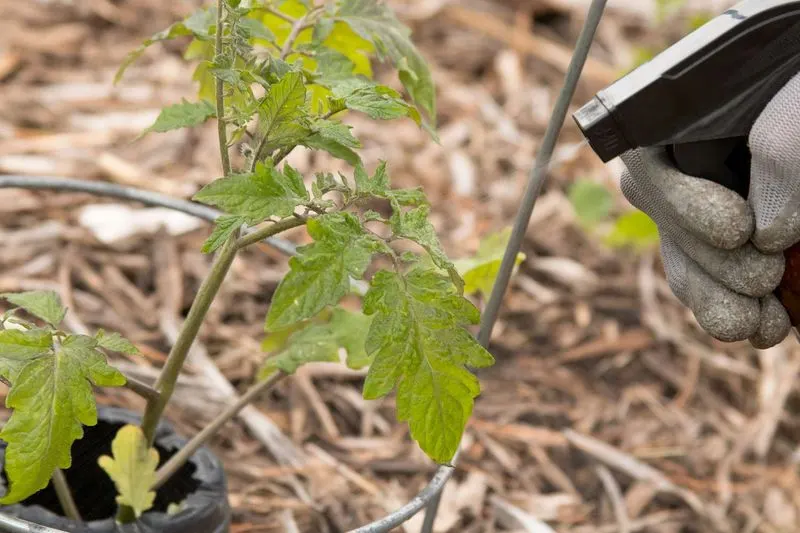
Managing pests without synthetic chemicals can be challenging. Organic gardeners rely on natural predators, but this approach isn’t always effective. Neem oil and diatomaceous earth are popular alternatives, yet they require consistent application and monitoring. Encouraging beneficial insects, like ladybugs, is another strategy, but it takes time and patience to see results.
Gardeners must also learn to identify pests accurately to target them effectively. The complexity of pest control in organic gardening highlights the need for continuous learning and adaptation. Knowledge of the local ecosystem can greatly assist in managing these persistent garden invaders.
Soil Health Maintenance

Maintaining soil health organically involves more than just avoiding synthetic fertilizers. It requires a balance of composting, crop rotation, and green manure. Organic matter must be consistently added to keep soil fertile, which can be labor-intensive. Testing soil regularly is crucial to understand its nutrient profile and pH levels.
Cover crops, like clover or rye, add nutrients naturally and prevent erosion, but they demand planning and seasonal timing. This approach fosters a living soil ecosystem, but requires dedication and effort. Understanding soil biology is key to successful organic gardening.
Limited Fertilizer Options
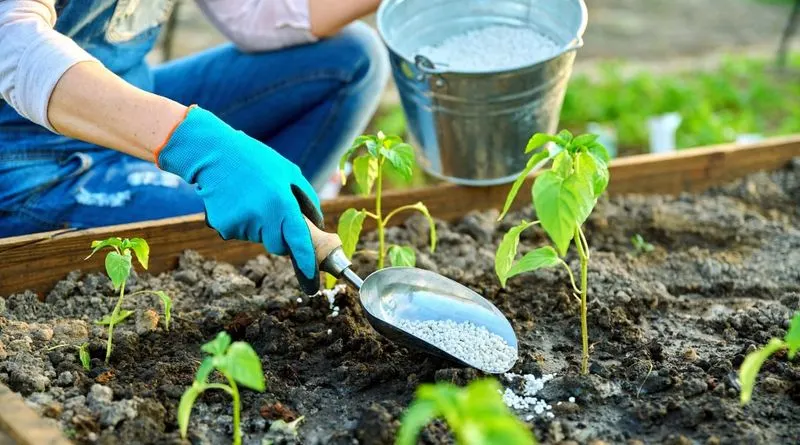
Organic gardeners have fewer fertilizer options compared to conventional methods. Compost, manure, and plant-based fertilizers like seaweed are common, but they release nutrients slowly. This slow-release can challenge gardeners who need immediate results. Timing becomes crucial; fertilizers must be applied well in advance of planting.
Understanding the nutrient needs of different plants and matching them to available organic fertilizers demands knowledge and experience. Additionally, homemade compost requires time and the right mix of materials, adding another layer of complexity. This limitation encourages creativity and experimentation with natural amendments.
Higher Initial Costs
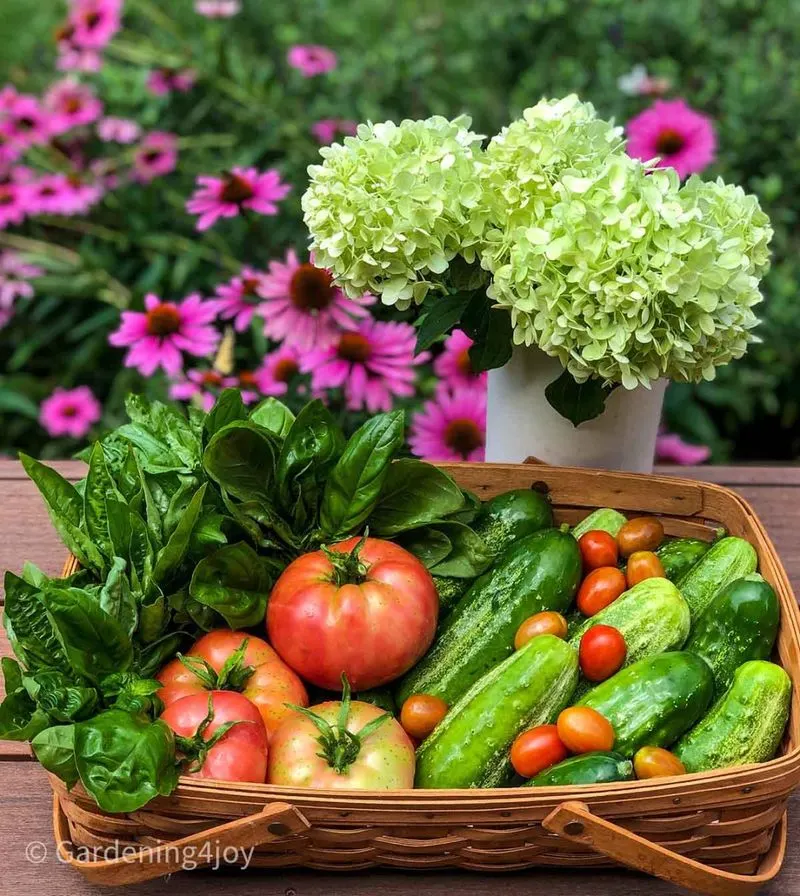
The initial investment in organic gardening can be higher due to the need for quality soil amendments, seeds, and pest control solutions. Organic seeds and plants often cost more than conventional ones. Building healthy soil might require specific organic materials that add to the expense.
While these costs can be offset over time through sustainable practices and self-reliance, the upfront financial commitment can be daunting. Budgeting and planning are essential to manage these initial expenses effectively. Over time, the investment often pays off, but patience is required as benefits may not be immediate.
Slow Growth Rates
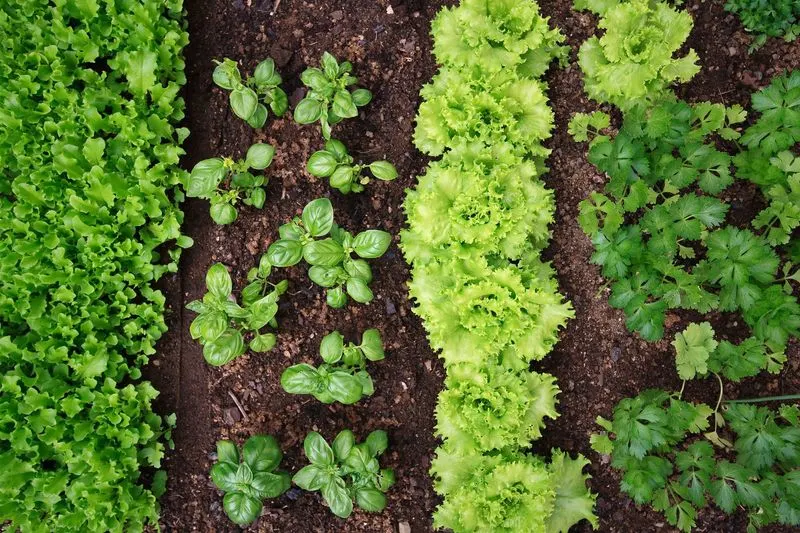
Organic gardening often results in slower plant growth compared to conventional methods. Without synthetic fertilizers and growth enhancers, plants take longer to mature. Gardeners must plan their seasons carefully, accounting for longer growth cycles. Patience is essential, as organic methods prioritize long-term soil health over quick yields.
This slower pace allows for better flavor and nutritional content in produce, yet it requires foresight and acceptance of natural growth rhythms. Understanding plant growth stages and adjusting care accordingly can help mitigate frustrations with slow growth. It’s a trade-off between speed and sustainability.
Weed Management Challenges
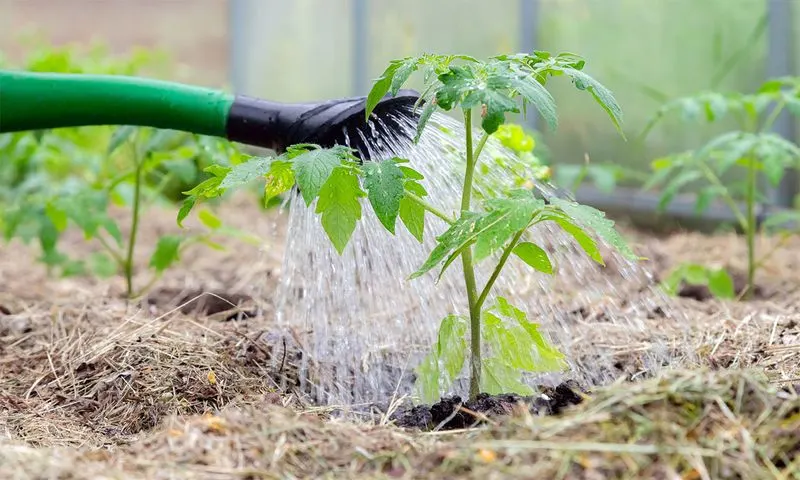
Without herbicides, controlling weeds organically becomes labor-intensive. Hand weeding, mulching, and cover cropping are primary methods, each requiring time and effort. Mulching not only suppresses weeds but also enriches the soil, yet it needs regular renewal. Cover crops can outcompete weeds, but they need careful selection and management.
Planters must be vigilant, as weeds can quickly overtake a garden, competing for nutrients and sunlight. Developing a consistent weeding schedule is crucial. This challenge teaches patience and persistence, as effective weed management is an ongoing process rather than a one-time task.
Unpredictable Results
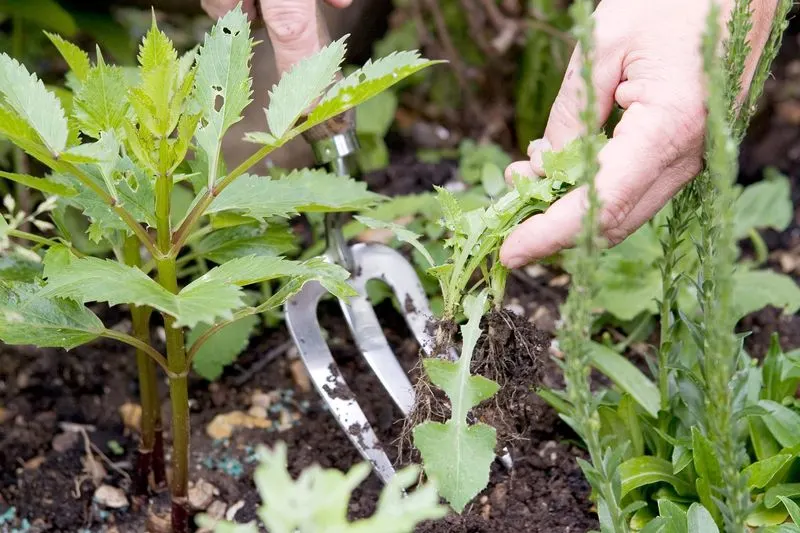
Organic gardening can yield unpredictable outcomes due to various uncontrollable factors like weather, pests, and soil health. Unlike conventional gardening, where synthetic inputs offer more control, organic methods require adaptability. Each season might present different challenges, and what worked once may not work again.
These unpredictable elements demand resilience and a willingness to experiment. Gardeners must embrace the trial-and-error nature of organic gardening, which fosters learning and innovation. By observing their garden closely, they can better anticipate and respond to these variables, though success is never guaranteed.
Time-Consuming Practices

Organic gardening is often more time-consuming due to the manual labor involved in pest control, weeding, and soil management. Each task, though rewarding, requires dedication and regular attention. Unlike conventional methods that might rely on quick fixes, organic practices demand a long-term commitment to nurturing the garden.
Time must be invested in learning about soil health, plant needs, and ecological balance. This commitment can be daunting for those with busy schedules, but it also offers a deep connection to the land. Time spent is seen not as a chore but as a fulfilling part of the organic gardening journey.
Dependency on Natural Cycles
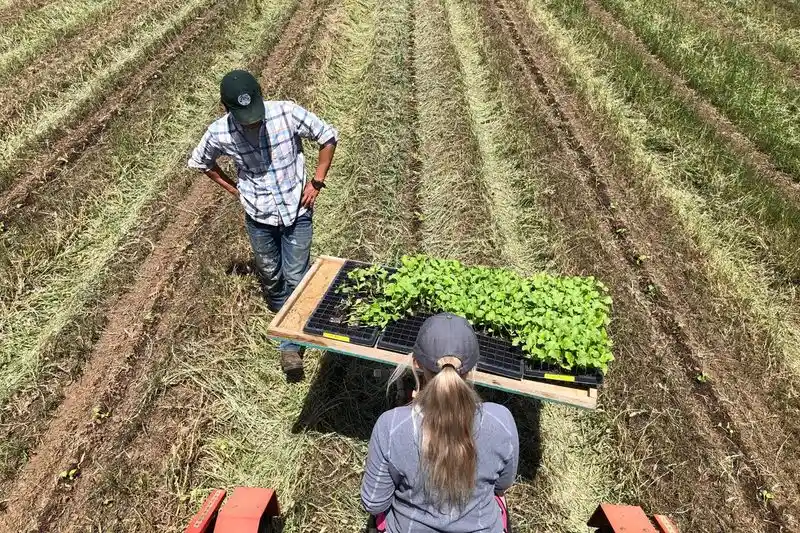
Relying on natural cycles means organic gardeners must work with the seasons and weather. This dependency can complicate planning and harvesting. Understanding the local climate becomes crucial, as does timing plantings to align with nature’s rhythms. Seasonal changes require flexibility and adaptation, as unexpected weather can impact growth.
Embracing these cycles, gardeners learn to anticipate and plan for variability. It’s a dance with nature that requires patience and foresight. Though challenging, this alignment with natural cycles fosters a sustainable approach, encouraging gardeners to become stewards of their environment, working in harmony with nature.
Limited Pest Solutions
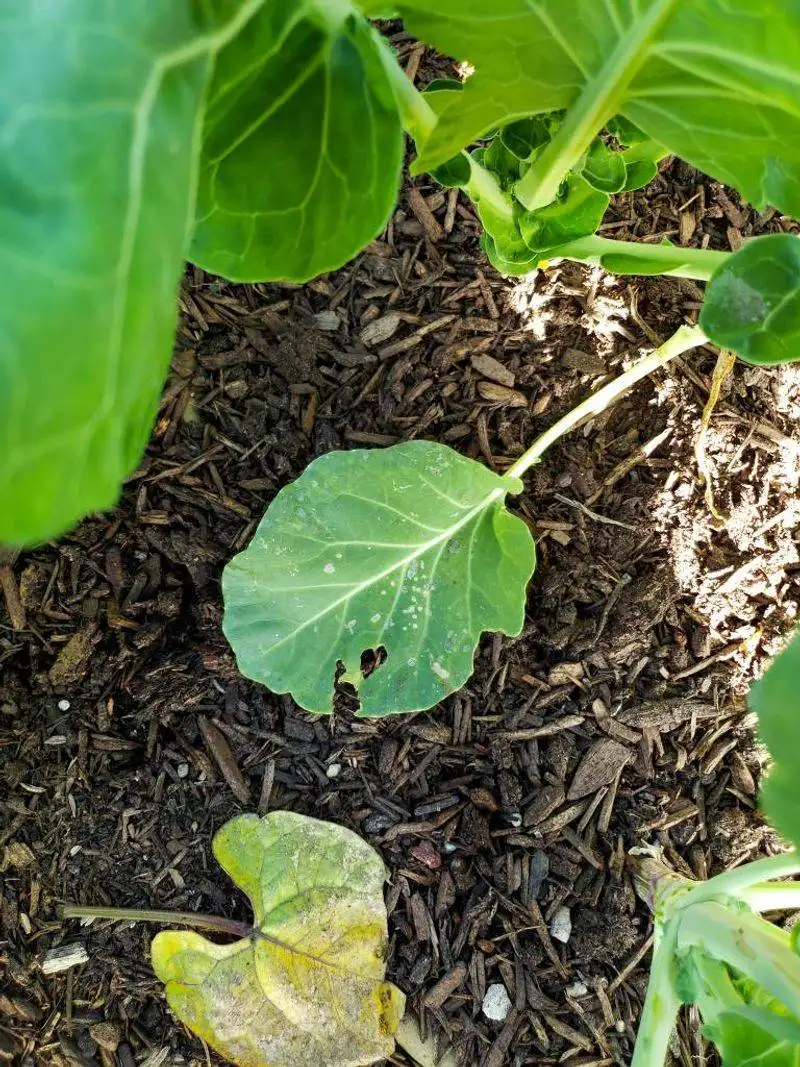
The arsenal for pest control in organic gardening is limited compared to chemical options. While methods like companion planting and natural barriers exist, they often require significant trial and error. Understanding which plants deter specific pests can be a learning curve.
Organic solutions like neem oil and insecticidal soap offer alternatives, but they demand careful application and monitoring. The effectiveness varies, and sometimes, losses must be accepted as part of the organic experience. This limitation encourages a deeper knowledge of pest ecology and innovative approaches. It’s a constant balancing act between protecting plants and maintaining ecological integrity.

